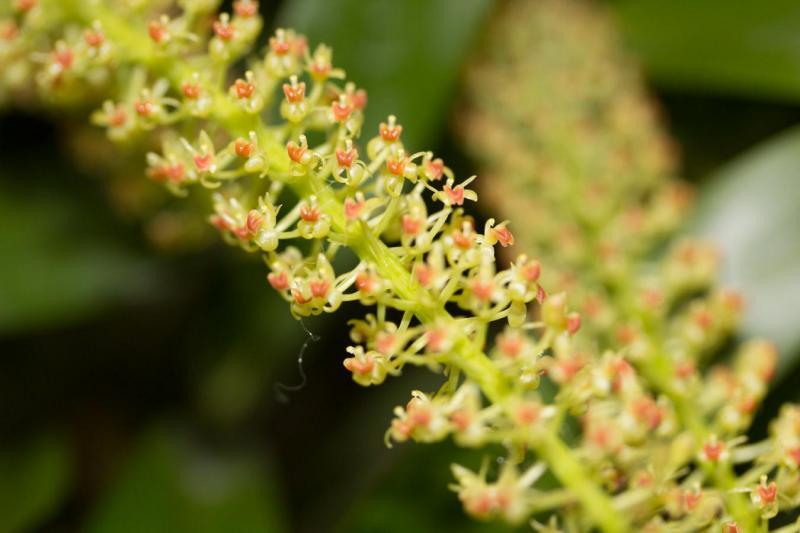Liparis viridiflora
Also known as: Green or Stichorkis pendula Sturmia longipes Liparis simondii Liparis piestopus Liparis pleistantha Liparis spathulata Liparis pendula Liparis dendrochilum Liparis triloba Liparis boothii Stichorkis kempteriana Leptorkis dendrochilum Liparis kempteriana Liparis viridiflora var. spathulata Cestichis kempteriana Cestichis pendula Cestichis longipes Liparis longipes Liparis stachyurus Liparis longipes var. spathulata Leptorkis stachyurus Leptorkis triloba Leptorkis longipes in the subfamily: Epidendroideae
Native to: China Fiji Hong Kong India Indonesia Thailand
General Information
Green is a small sympodial warm to hot growing epiphytic, lithophytic or terrestrial orchid belonging to the sub family Epidendroideae native to China, Fiji, Hong Kong, India, Indonesia, and Thailand.
Plant Description
Sympodial. Grows to 38-102cm. Each new growth has numerous erect arching leaves that grow to 3.5-35cm long. Pseudobulbs grow to 3-10cm
Substrate(s)
- Coarse
- Medium
- Bark
- Charcoal
- Perlite
Care Notes
These orchids like to be kept on the dry side, but may need to be watered daily during warm weather, and prefer a well draining mix or also do well mounted, provided they can be watered regularly.
These are quite a forgiving orchid, there are no special requirements to get this orchid to flower, just good care and consistent conditions. Larger plants may be more fussy and can react poorly to change; a poorly timed repotting, a pest infection or an unusually hot day can set them back for a couple of years. However, even plants that have been treated poorly can thrive, and if they are set back they often recover much stronger then they would otherwise be.
Climate
These orchids grow in cool climates, at low altitudes, in cool plains, forests or coastal scrub.
They are forgiving of humidity variances as long as temperatures are kept on the cool side. They can do well outdoors in the garden in cool and temperate areas, though it is important that they are protected from warm dry winds. They can enjoy morning sun especially in winter but will need protection from the hot sun in the afternoon and during summer. With some acclimatisation they may be able to receive more sun.
Grows at low to high elevations. Rainfall ranges from 13mm to 602mm per day, heaviest in July and lightest in March. Humidity ranges from 65% to 84%, highest in July and lowest in March. Temperature ranges from 19C to 27C, highest in March (20C to 27C) and lowest in January (19C to 25C).
Fertiliser
Apply liquid based fertiliser per recommended directions. They can benefit from a high phosphate fertiliser leading up to flowering season, followed by a high nitrogen fertiliser when new growth appears, and a balanced fertiliser in other times. These orchids can also tolerate slow release fertiliser applied 1-2 pellets per cup (250ml) of media.
Use balanced fertiliser year round. Apply fertiliser regularly at half strength year round. Use a high Nitrogen fertiliser during Spring and Summer. Use a high Phosphorous fertiliser during Summer.Potting
These plants can be sensitive to repotting though should not require repotting regularly. Repotting should be done when the mix has broken down to the point that it doesn't absorb water or holds onto water for far too long, usually the plant shows a decline in growth as well.
The mix should be free draining, with a blend of 30% inorganic ingredients such as coarse sand, gravel or perlite, mixed in with about 70% organic ingredients such as peat, leaf litter or decomposed bark. Avoid commercial potting mixes as they can vary wildly and may contain "wetting agents" that can hold onto water for loo long, causing rotting and stunted growth.
Use water retentive media such as moss to prevent roots from drying out quickly This plant does very well in baskets or suspended pots This plant does well mounted to Tree trunks, Fern slabs or Cork slabs. Repotting is best done annually.




















